At a glance
Lazarus species are organisms presumed extinct that are later rediscovered (e.g., coelacanth, takahē).
They often “vanish” because they’re cryptic, live in hard-to-reach habitats, or were simply under-surveyed.
Rediscoveries can reboot conservation, attracting funding, protections, and public attention.
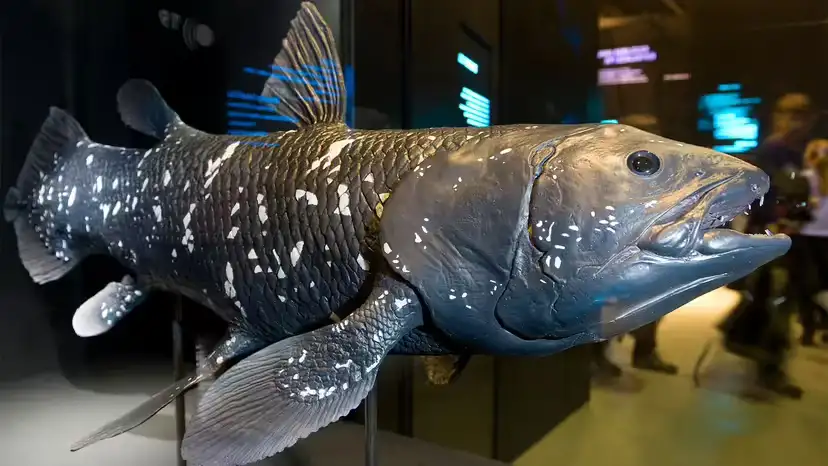
A Lazarus species is one that disappears from science—sometimes from field records, sometimes from the fossil record—and is then found again after years, decades, or even millennia. The name nods to the biblical Lazarus “raised from the dead.”
Elusive behavior (nocturnal, deep water, dense forests).
Remote or inaccessible ranges (seamounts, isolated islands, cloud forests).
Survey gaps (few observers, conflict zones, limited funding).
Misidentification (species hiding in plain sight under the wrong name).
The IUCN Red List labels a species Extinct (EX) only when there is no reasonable doubt the last individual has died—after exhaustive surveys at appropriate times and across historical range turn up nothing. Because proving a negative is hard, some “extinct” calls are later overturned—cue the Lazarus moment.
What vanished: A lineage of lobe-finned fish thought gone since the end-Cretaceous (~66 Ma), known only from fossils that famously illuminate the fin-to-limb transition.
Lazarus moment: In 1938, a trawler off South Africa landed a living coelacanth—stunning proof the lineage persisted. Subsequent finds (e.g., Comoros, Indonesia) showed multiple populations.
Why it hid: Mesophotic–deep reef habitats, low encounter rates, and fishing methods that rarely sample its depths.
Conservation lesson: Even ancient lineages can survive out of sight; deep-sea protections and bycatch rules matter.
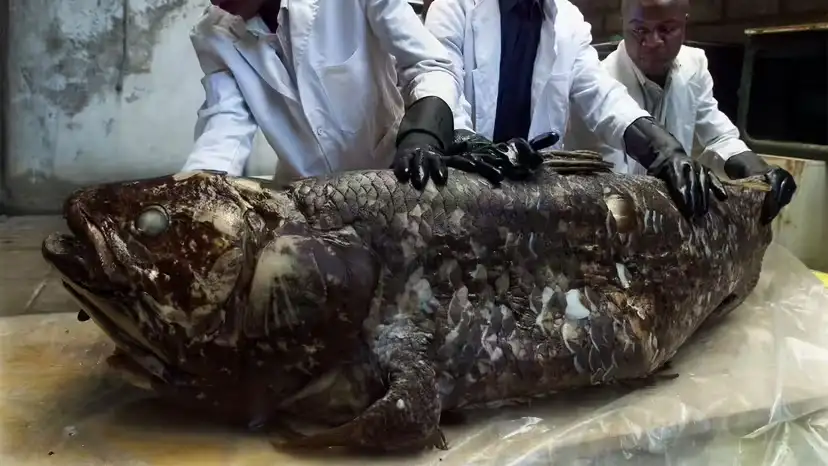
What vanished: Only four historical specimens were known in the 1800s; experts predicted no more would be found.
Lazarus moment: In 1948, amateur naturalist Geoffrey Orbell rediscovered takahē in South Island’s Murchison Mountains.
Why it hid: Remote alpine valleys, low densities, and confusion with the smaller, flight-capable pūkeko (Porphyrio melanotus).
Conservation lesson: Predator-free sanctuaries, translocations, and intensive management can pull a bird back from the brink.

What vanished: After a 1920s shipwreck introduced rats, this hand-sized phasmid was presumed gone from Lord Howe Island.
Lazarus moment: Tiny remnants found dead in 1960; then, in 2001, 24 live insects were discovered clinging to Ball’s Pyramid (a sheer volcanic spire 23 km away).
Why it hid: Micro-refugia on a near-vertical rock stack with almost no access.
Conservation lesson: Captive breeding + invasive-rat eradication enable reintroduction planning to the home island.
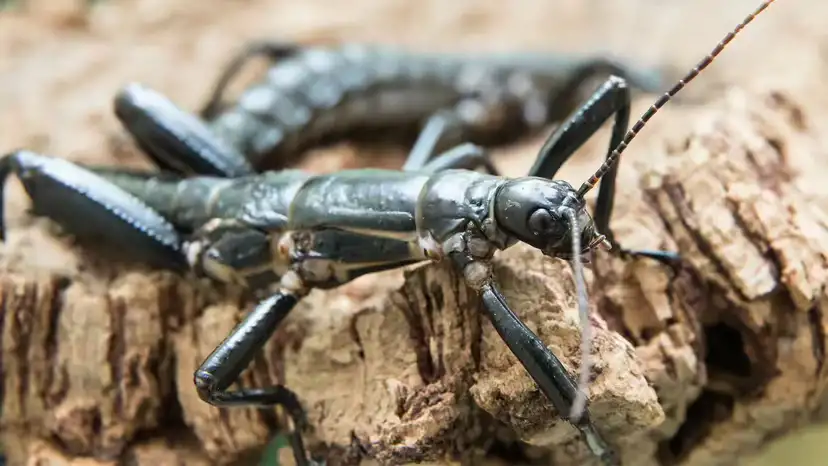
What vanished: Known from an 1812 pelt, sparsely seen, and last observed in 1926—assumed extinct.
Lazarus moment: In 1974, one turned up in Brazil as an illegal pet, triggering surveys that found wild groups in Peru’s Andean cloud forests.
Why it hid: Steep, remote cloud forests, low detection, and persecution for the pet trade.
Conservation lesson: Rediscovery catalyzed legal protection, outreach, and iconic status (it now appears on Peru’s 1-sol coin), though wild numbers remain <1,000.
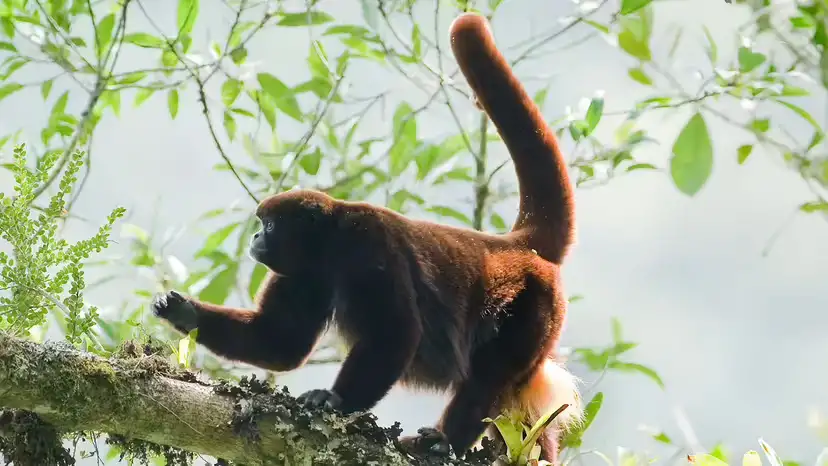
What vanished: Described in 1870 from North Carolina’s Yadkin River; the only specimen was later lost, and the species slipped from view for 122 years.
Lazarus moment: Odd sucker-mouthed fish caught in 1980 and 1985 in the Savannah and Pee Dee rivers were confirmed as robust redhorse after expert review.
Why it hid: Misidentification among similar Moxostoma species and limited targeted sampling.
Conservation lesson: Rediscovery spurred multi-agency management, habitat work, and stocking to stabilize populations.
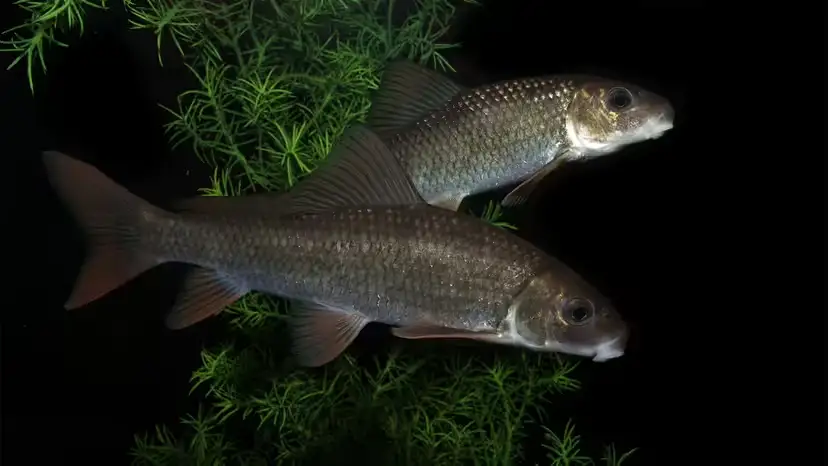
Hope with homework: They energize funding, laws, and on-the-ground action—but don’t erase the original threats (habitat loss, invasives, exploitation).
Data gaps exposed: Lazarus stories reveal where surveys fail—depths, seasons, habitats, or political constraints.
Cautionary tale: Rediscovery isn’t a license to relax. Many Lazarus species remain highly threatened right after they “return.”
How do scientists confirm a Lazarus species?
With documented evidence—photos/video, vouchers (when ethical/legal), and increasingly genetic analyses—plus peer-reviewed assessments and (often) IUCN status updates.
What triggers a rediscovery?
New technologies (camera traps, environmental DNA, deep-sea ROVs, bioacoustics).
Local knowledge and community reports.
Targeted surveys in overlooked seasons/places.
Does a rediscovery change the Red List status?
It can. A species may move from EX (or CR, Possibly Extinct) to a threat category reflecting current data—often still Critically Endangered if numbers and threats remain severe.
Are there famous “maybe-Lazarus” cases?
Yes—e.g., periodic thylacine (Tasmanian tiger) claims remain unconfirmed. Extraordinary claims need extraordinary evidence.
animal tags: lazarus species
We created this article in conjunction with AI technology, then made sure it was fact-checked and edited by a Animals Top editor.